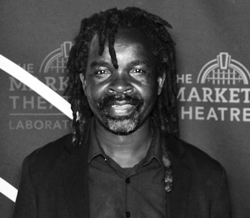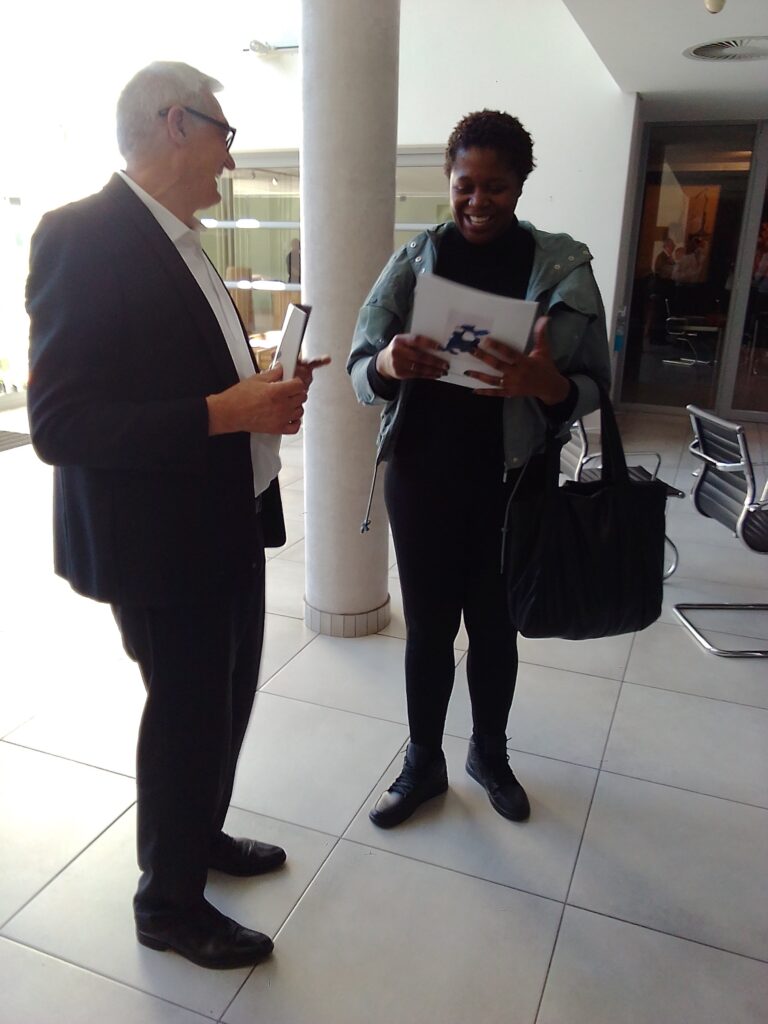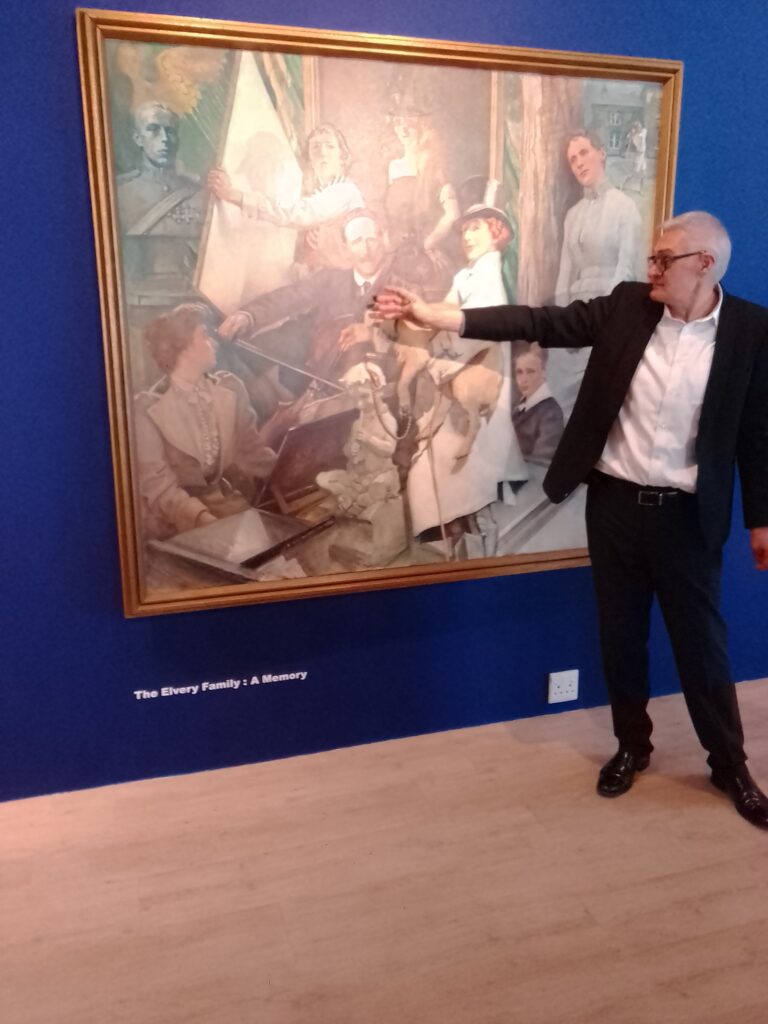A fascinating walk about of Dream Invisible Connections focussing on artists Mary Sibande and Dorothy Kay
By Edward Tsumele, CITYLIFE/ARTS Editor

The media was on July 14, 2022, taken on an informative walk about of an exhibition titled Dream Invisible Connections at Strauss &Co.’s offices, 89 Central Street, Houghton, Johannesburg. The exhibition focusses on a rich collective body of works by contemporary artist Mary Sibande, and the late post-modernist artist Dorothy Kay, who practised from the 1940s onwards. She was originally from Ireland, but got married and lived in South Africa.
This exhibition is so well curated to the extent that one does not need to be an art historian or an expert in curation to immediately pick up the connection between these two artists’ art practices. This is also because the themes in this exhibition are well articulated and thought through carefully, making it easy for audiences to notice the striking connection between these two artists from two different cultural backgrounds.
It was interesting to see that in as much as these artists ‘art practices happened centuries apart and their styles are even different, a closer look at both their works and the subjects they deal are strikingly similar in many ways.

The reason why this exhibition has been put together is to spark a conversation in contemporary art today, and how sometimes there is intergenerational references in artists’ work and art practices that are not easily noticed at times.. For example, Sibande, who emerged on the contemporary art scene close to two decades ago, and has taken centre stage as a creative force known for tackling relevant subjects many can relate to today, her work in many respects can be said to be referencing Kay’s, works that Kay produced several decades ago.
For example, both artists’ works and art practices deal with common themes such as family, domestic work and labour in general. These themes are prominently highlighted in this exhibition that is set to get Johannesburg’s art scene talking.
For instance Kay’s painting titled Cookie, Annie Mavata, an oil on canvas piece, completed in 1956, can easily be connected to Sibande’s well-known series called Sophie, her alter ego. This series, to date, the most well-known of her works, was inspired by her mother and grandmother, both of whom worked as domestic workers for white families during apartheid. Through these bronze sculptural pieces, numbering 24 so far, the domestic workers are glamorously dressed and have aspirations of English royalty. They are not weak domestic workers whose position during apartheid was almost that of servitude to their white bosses.
On the other hand, a close reading of Kay’s Cookie, Anne Mavata, an interpretation of a picture Kay took of her domestic helper on retirement in 1948, shows that not only did Kay value her domestic worker enough to capture her on both camera as well to create a painting of her eight years later, but she acknowledged her name. This is an important point to make because most, sometimes mainly white artists during that time, who painted black bodies, did not even bother to identify their models by name.
This is why today art history is strewn with black bodies and faces without names as the artists that painted them did not see them as worthy identifying by name, a clearly racist, indifferent and dismissive attitude.

Concerning this fascinating walk about, it would have been even more interesting If both artists(Mary and Dorothy) had met in their life time, even better If both attended yesterday’s walk about. But of course Dorothy has long gone to the other world, but fortunately her works are still around in both public and private spaces, and from which we can learn a lot about her and her art practice.
Anyway, Sibnade is currently at the top of her career, with a decent collectors’ base. She attended the walk about, an event well attended, including by her life partner, fellow artist and academic Lawrence Lamoana and the two’s former art teacher at the University of Johannesburg Gordon Froud, a practicing artist and head of the fine art department at the university Johannesburg. Froud, was in fact among other artsy people of Johannesburg, who attended.
“This exhibition is meant to start a conversation, and therefore is educational. The art works that are on display for both artists come from mainly public museums and a few from private collections. We collaborated with Iziko Gallery, Nelson Mandela Metropolitan Museum in Eastern Cape and Pretoria Art Museum. The exhibition is happening in the context of very little happening at museums currently around the country. None of you can claim to have been invited for example to Johannesburg Art Gallery in the past fgew years, because for all practical reasons, that space is closed.

The Standard Bank Art Gallery for the past three years has suspended all the activities. Here at Strauss&C0. we take our social responsibilities seriously, including the educational component of which this exhibition is a part of. This series has been taking place since 2019, pairing two artists from different backgrounds,” said Wilhelm Van Rensburg, head curator at Strauss and Co. He co-curated this exhibition with Arisha Maharaj, an art historian who works as an art specialist at Strauss &Co. Maharaj led the discussion on the art and art practice of Sibande, while van Rensburg focussed mainly on Kay’s.
Dream Invisible Connections is being presented in Strauss & Co’s dedicated gallery at its Houghton offices in Johannesburg (11 July – 12 August 2022). Dream Invisible Connections is the fourth in a series of legacy exhibitions pairing prominent South African artists. Introduced in 2019 with a presentation of works by Louis Maqhubela and Douglas Portway, this well-received exhibition series has since explored linkages and commonalities between Maggie Laubser and Gladys Mgudlandlu (2020), and Robert Hodgins and George Pemba (2021).










